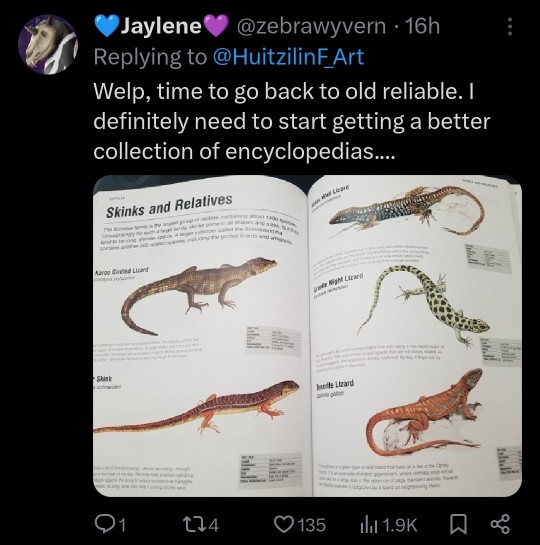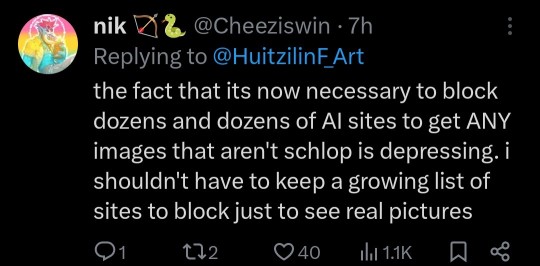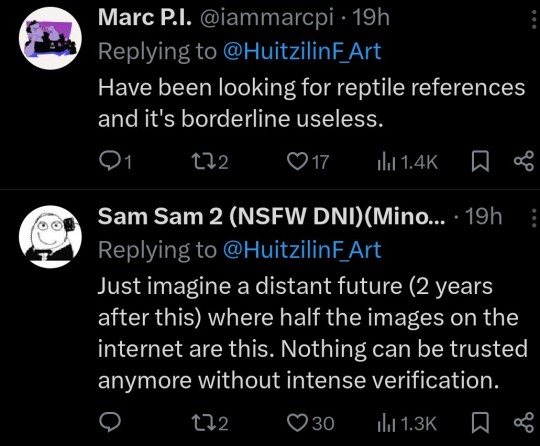Text
136 notes
·
View notes
Text
#adrien agreste#sena natsuki#Orlando Bloom#hannibal lecter#wife#snap chat#projetoalmaflorida#go vegan#dishonored#status#amigos#josuyasu#bella ramsey#lemybeauty
136 notes
·
View notes
Text
Boop Breakdown
Well, you did it. You booped. You booped all over your dashboard with reckless abandon, your finger gnashing away at the boop button, much like a lovely raccoon discovering a glorious half-eaten baked potato. A treasure was presented, and you knew you deserved it. You deserved to boop. Collectively, you booped 142,566,897 times. To repeat: one hundred forty-two million five hundred sixty-six thousand eight hundred ninety-seven boops were had on tumblr dot com the website and the app.
Specifically:
Normal boops: 119,204,929
Self boops: 12,645,652
Cat boops: 7,925,241
Super boops: 2,095,231
Mischievous, aka evil boops: 695,844
One particularly boopable Tumblr was booped a total of 874,212 times. To be so rich in boops is a blessing. The Tumblr that gave the most boops found it in their heart to bestow 127,073 boops upon those they found worthy.
Over 500,000 Tumblrs were booped and booped back in return. And for what? What would drive so many to boop? Does Tumblr yearn for the boop mines? Well, yes. And also the guts, the glory, the prestige, and, of course, the badges. Oh, how you worked for those badges:
Booper participants: 229,881
Booper enthusiasts: 85,548
Booper supers: 67,571
Hold your heads high, Tumblr. You booped until you couldn’t boop anymore. You created incredible fanart, invented a whole new genre of -sonas, and even created your own premium, high-end awards. It was noble, it was boop. We hope you boop yourself, and boop for boop. Boop, boop boop? Boop, boop. Boop boop boop, boop boop; Boop! Boop!
Boop,
Tumblr
24K notes
·
View notes
Text
Just relaxing on a rainy day watching the rain fall and the birds play. 😌🌧️
1 note
·
View note
Text
#gaylatino#twerking#soukoku#Black Lightning#super bowl#Relax#dodie#miu miu#VLOG#life hacks#[ mine ]#the quarry#Peanuts#sfw age regression#exploring
121 notes
·
View notes
Text
StreamBuilder: our open-source framework for powering your dashboard.
Today, we’re abnormally jazzed to announce that we’re open-sourcing the custom framework we built to power your dashboard on Tumblr. We call it StreamBuilder, and we’ve been using it for many years.
First things first. What is open-sourcing? Open sourcing is a decentralized software development model that encourages open collaboration. In more accessible language, it is any program whose source code is made available for use or modification as users or other developers see fit.
What, then, is StreamBuilder? Well, every time you hit your Following feed, or For You, or search results, a blog’s posts, a list of tagged posts, or even check out blog recommendations, you’re using this framework under the hood. If you want to dive into the code, check it out here on GitHub!
StreamBuilder has a lot going on. The primary architecture centers around “streams” of content: whether posts from a blog, a list of blogs you’re following, posts using a specific tag, or posts relating to a search. These are separate kinds of streams, which can be mixed together, filtered based on certain criteria, ranked for relevancy or engagement likelihood, and more.
On your Tumblr dashboard today you can see how there are posts from blogs you follow, mixed with posts from tags you follow, mixed with blog recommendations. Each of those is a separate stream, with its own logic, but sharing this same framework. We inject those recommendations at certain intervals, filter posts based on who you’re blocking, and rank the posts for relevancy if you have “Best stuff first” enabled. Those are all examples of the functionality StreamBuilder affords for us.
So, what’s included in the box?
The full framework library of code that we use today, on Tumblr, to power almost every feed of content you see on the platform.
A YAML syntax for composing streams of content, and how to filter, inject, and rank them.
Abstractions for programmatically composing, filtering, ranking, injecting, and debugging streams.
Abstractions for composing streams together—such as with carousels, for streams-within-streams.
An abstraction for cursor-based pagination for complex stream templates.
Unit tests covering the public interface for the library and most of the underlying code.
What’s still to come
Documentation. We have a lot to migrate from our own internal tools and put in here!
More example stream templates and example implementations of different common streams.
If you have questions, please check out the code and file an issue there.
5K notes
·
View notes









